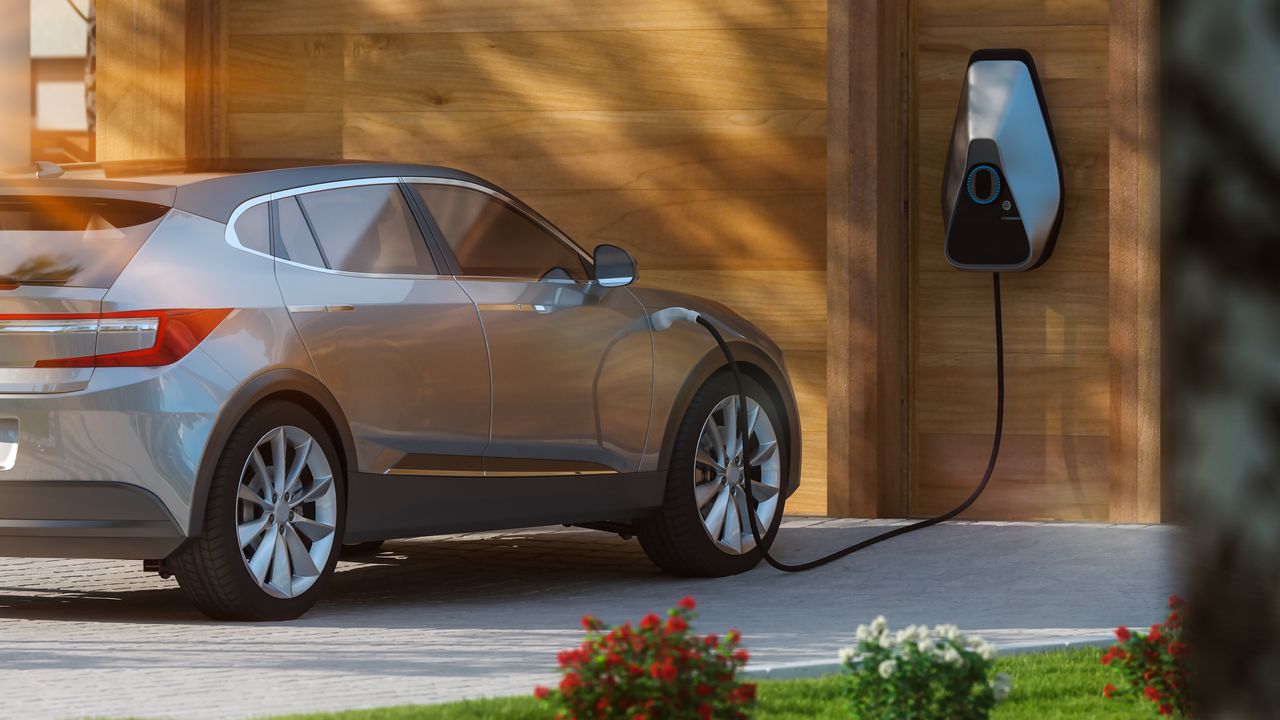Fast Charging vs. Slow Charging: Which is Better for Electric Vehicles?
As electric vehicles (EVs) become more popular, one of the key considerations for EV owners is the charging speed. The charging speed of an EV can greatly impact the overall convenience and usability of the vehicle. There are two main types of charging speeds: fast charging and slow charging. In this article, we will explore the differences between these two charging methods and discuss the factors to consider when choosing the right charging speed for your electric vehicle.
Charging Speed
The charging speed refers to the rate at which an electric vehicle’s battery is replenished with electricity. Fast charging, also known as rapid charging or DC fast charging, allows EVs to charge at a much higher rate compared to slow charging. With fast charging, EV owners can typically charge their vehicles from 0% to 80% in under 30 minutes, depending on the battery capacity and charging infrastructure.
On the other hand, slow charging, also known as level 1 or level 2 charging, takes longer to charge an electric vehicle. Level 1 charging uses a standard household outlet and typically provides around 3-5 miles of range per hour of charging. Level 2 charging, which requires a dedicated charging station, can provide up to 25 miles of range per hour of charging.
Battery Capacity
The battery capacity of an electric vehicle plays a crucial role in determining the charging speed. EVs with larger battery capacities can take advantage of fast charging, as they have more capacity to absorb the higher charging rates. Fast charging is particularly beneficial for long-distance travel or when you need to quickly top up your battery for a specific journey.
On the other hand, slow charging is more suitable for EVs with smaller battery capacities. These vehicles typically have shorter ranges and are primarily used for daily commuting or shorter trips. Slow charging overnight at home or at the workplace can provide enough range for regular use without the need for fast charging infrastructure.
Charging Connectors
Another important consideration when choosing between fast charging and slow charging is the availability of charging connectors. Fast charging typically requires specialized connectors, such as CHAdeMO or CCS (Combined Charging System), which are not as widely available as the standard connectors used for slow charging.
Slow charging, on the other hand, can be done using a standard Level 1 charger that comes with the electric vehicle or a Level 2 charger that can be installed at home or at public charging stations. These chargers use standard connectors like J1772, which are more common and readily available.
Conclusion
Choosing between fast charging and slow charging for your electric vehicle depends on your specific needs and circumstances. If you frequently travel long distances or require quick top-ups, fast charging can provide the convenience you need. However, if you primarily use your EV for daily commuting or have access to overnight charging, slow charging may be more than sufficient.
Ultimately, the decision should be based on factors such as your EV’s battery capacity, your charging infrastructure, and the availability of fast charging stations in your area. By considering these factors, you can make an informed choice that suits your lifestyle and ensures a seamless charging experience for your electric vehicle.
